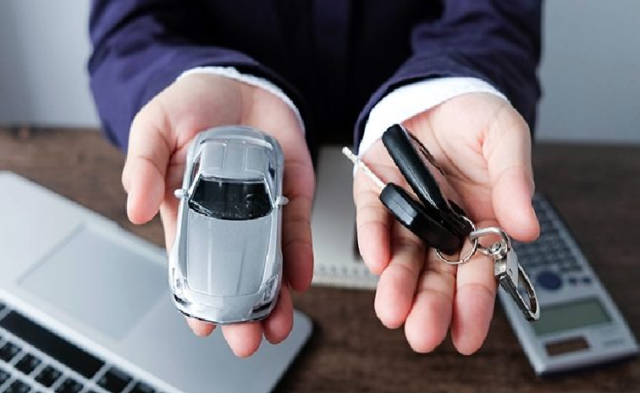TIPS FOR FINDING THE RIGHT CAR INSURANCE POLICY
Since gas prices vary, the cost of owning a car is also worth looking for ways to reduce other related expenses. One place to start is car insurance. All drivers must have insurance protection, but many people simply choose an insurer after purchasing their first car and don’t look at the details of the policy for years, which could leave money on the table. Below are some ways to find the right policy and lower your premiums.

Do an annual fee check. Check the rates of other companies to get the best offer. Many insurance departments include guides to available services and, while online, you can find insurance comparison tools. Of course, custom quotes are not immediate and frequent, a callback from an agent, but online shopping comparison can be an efficient way to find a better deal.
Choose a top notch insurer. When we last surveyed the readers / subscribers of their auto insurers, we found that all of the rated airlines did well, but some were better than others at handling claims, payments, and no-claim issues. See our full auto insurer certificates.
Maintain good credit. Accurately check your credit score as a low score can affect your premium.
Set the correct deductible. A higher deductible reduces your premium, but you must pay more out of pocket in the event of an accident. If you have a good driving record and have not had an accident that was your fault, you can bet and opt for a higher premium. The reward for this risk could be up to 40 percent savings.
Check your coverage. Check to have sufficient liability coverage for bodily injury and property damage. With time, costs and increased risk, and also what we would do your coverage. Simply put, minimal coverage gives you minimal protection.
Reduced mileage report. If you have changed jobs, are now working at home, or have changed without a job, call your insurer. By driving less, you may qualify for a lower premium.
Observe accident repairs. Please check where your insurer sends you for repairs, as the repair shop may compel you to use cheaper replacement parts instead of original manufacturer equipment (OEM parts). Tests have found that some non-OEM parts may look bad, are more prone to rust, and have no issues with safety-affected Feds.
Choose the right car. Vehicle damage and repair cost is a big part of the price of auto insurance. When searching for a new car, compare the collision data by vehicle model. The Insurance Institute for Highway Safety (IIHS) has information and losses by vehicle model at www.hldi.org/research/hldi/composite_intro.html. Your car dealer should also have a brochure on the relative cost of collision insurance produced by the National Highway Traffic Safety Administration (NHTSA). In addition, the estimated insurance rates are part of the owner cost information that Consumer Reports provides online for all new models.
Beware of scams. Criminals can scam drivers with staged accidents, which could result in an insurance claim against you. To avoid this unpleasant scenario, follow good driving practices and, if you have an accident, photograph the scene of the accident and always call the police to report the incident.
Take advantage of discounts. Discounts are available for drivers who are considered lower risk (older, married and / or with a long safe driving record) or for those taking a driver training course. Anti-theft equipment and certain security equipment can also reduce your cost. Combining auto and home insurance is another option to consider, but review the total costs with and without combining the policies to see which scenario is cheaper.



